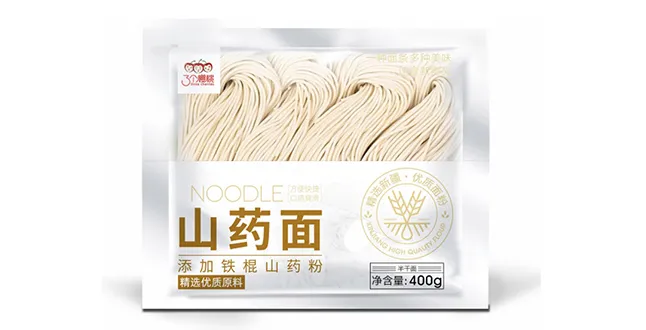pure buckwheat soba
The Delights of Pure Buckwheat Soba A Culinary Journey
Buckwheat, with its rich history and numerous health benefits, has become a staple ingredient in various cuisines around the world. Among its many forms, pure buckwheat soba stands out not only for its unique flavor but also for its nutritional value, making it a beloved dish for food enthusiasts and health-conscious individuals alike. In this article, we will explore the origin, preparation, health benefits, and versatility of pure buckwheat soba.
The Origins of Soba
Soba, which means “buckwheat” in Japanese, traditionally comes from the mountainous regions of Japan. The buckwheat plant is resilient and thrives in poor soil, making it an essential crop in areas where rice cultivation is challenging. Pure buckwheat soba is made from 100% buckwheat flour, without the addition of wheat flour, resulting in a gluten-free option suitable for those with dietary restrictions. This form of soba has deep roots in Japanese culture, often enjoyed in various ways such as hot, cold, chilled, or in soups.
Preparing Pure Buckwheat Soba
Making pure buckwheat soba requires skill and practice, as the lack of gluten presents certain challenges during preparation. The buckwheat flour is mixed with water to create a dough, which is then rolled out and cut into thin noodles. The beauty of this process lies in its artisanal nature, with each strand of soba carrying the mark of the maker.
Once the soba is prepared, cooking is straightforward. The noodles are boiled in water for a few minutes until they become tender yet maintain a firm texture. After boiling, they are rinsed in cold water to stop the cooking process and remove excess starch. This step is crucial, especially for cold soba dishes, as it enhances the noodles' texture and flavor.
Nutritional Benefits
pure buckwheat soba

One of the primary reasons for the rising popularity of pure buckwheat soba is its impressive nutritional profile. Buckwheat is rich in essential nutrients, including protein, fiber, vitamins, and minerals. It contains all nine essential amino acids, making it an excellent protein source for vegetarians and vegans. Additionally, it is high in antioxidants, particularly rutin, which may help improve blood circulation and lower blood pressure.
Importantly, buckwheat is gluten-free, making it accessible to individuals with gluten intolerance or celiac disease. The high fiber content also promotes digestive health, aiding in regularity and overall gut function. Incorporating pure buckwheat soba into one's diet contributes to a balanced and nutritious eating plan.
Culinary Versatility
Pure buckwheat soba is incredibly versatile and can be enjoyed in various culinary applications. It can be served hot in a savory soba noodle soup, topped with vegetables, proteins, and a flavorful broth. Alternatively, cold soba can be served with a dipping sauce, garnished with sliced scallions and wasabi for a refreshing meal during warmer months.
Moreover, buckwheat soba can be added to salads, stir-fries, or even used as a base for gourmet dishes. Its nutty flavor and unique texture make it a delightful addition to modern culinary creations, appealing to both traditionalists and innovators alike.
Conclusion
In conclusion, pure buckwheat soba represents a harmonious blend of tradition, nutrition, and culinary creativity. With its deep-rooted history in Japanese culture and numerous health benefits, it offers an exceptional dining experience. Whether enjoyed in a warm bowl of soba soup or cold with a zesty dipping sauce, pure buckwheat soba is a dish that continues to captivate palates around the world. As we embrace healthier eating patterns, incorporating such wholesome foods into our meals is not just a trend; it's a return to the roots of balanced nutrition and mindful eating. So, the next time you seek a comforting yet nutritious dish, consider indulging in the delightful world of pure buckwheat soba.
-
Unleash Your Inner Chef with Delectable Italian Pasta CreationsNewsAug.01,2025
-
Savor Health and Flavor: Irresistible Soba Noodles for Sale Await!NewsAug.01,2025
-
Nourish Your Body with Premium Organic Ramen - A Culinary Delight AwaitsNewsAug.01,2025
-
Elevate Your Dishes with Our Exquisite Kinds of Egg NoodlesNewsAug.01,2025
-
Dive into Flavorful Convenience with Our Ramen OfferingsNewsAug.01,2025
-
Discover Exquisite Types of Naengmyeon and Chilled Soba NoodlesNewsAug.01,2025
-
Is Whole Wheat Pasta Healthy?NewsMay.30,2025
Browse qua the following product new the we

















































































































